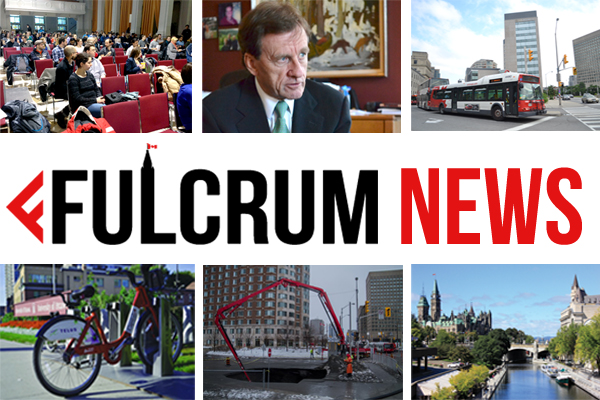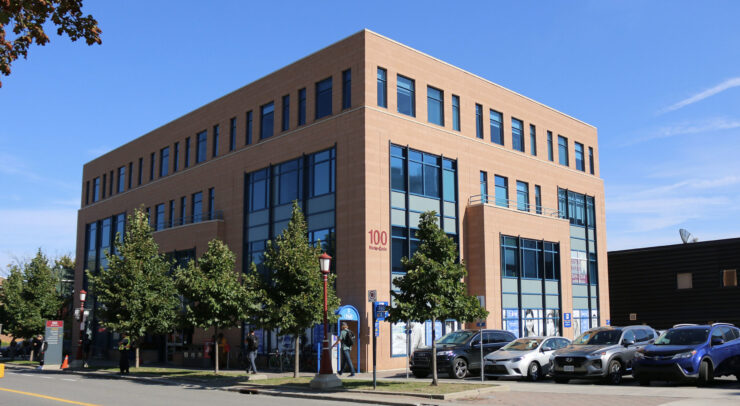An open letter to Ontario’s Minister of Education, Stephen Lecce
Throughout the entirety of my public-school education, I can recall reading exactly one mandatory Canadian novel: The Book of Negros by Lawrence Hill.
Every other mandatory book that we read as a class was American or British.
Can you, Minister Lecce, think of any that you read yourself?
The topic was brought up in my second-year Canadian literature survey course, and those who voiced their opinion could only think of one other Canadian book that was mandatory for them: Margaret Atwood’s The Handmaid’s Tale.
I was curious about why this was the case, so I did some research into Ontario’s Grade 11 and 12 revised 2007 English curriculum. Page five of the curriculum states: “Reading activities should expose students to materials that reflect the diversity of Canadian and world cultures, including those of Aboriginal peoples.”
But it seems as though the high-school focus is more on the “world culture” aspect. I have nothing against The Great Gatsby, To Kill A Mockingbird, or The Catcher In The Rye (to name a few typical high school reads), but at what cost should we sacrifice our understanding of our own Canadian culture and what is being produced here? Plenty of what we know as “CanLit” explores the multifaceted, multicultural Canadian identity — why isn’t that what’s on syllabi?
This issue further extends the shadow Canada occupies under the American behemoth of culture to our south.
Rather than the ‘American dream,’ let’s learn about the ‘Canadian Dream.’ I can think of nothing else other than freedom and diversity that best encapsulates what the ‘Canadian Dream’ might be. I think we need to prioritize this on the same level that we often honour the ‘American Dream’ by making it one of the mandatory themes in our public school’s curricular literature.
Here are some books that I think should be considered:
What We All Long For (2009) by Dionne Brand, a story of identity in Toronto as a multicultural diverse city. Brand identifies as an LGBT+ BIPOC.
Indian Horse (2012) by Richard Wagamese, an Ojibway author from Northern Ontario whose novel centres on a First Nations boy who leaves the residential school system and becomes a skilled hockey player.
Barometer Rising (1941) by Hugh MacLennan, a story about the Halifax explosion in World War One, a lesser known milestone in Canadian history.
And, as mentioned above,
The Book of Negros (2007) by Lawrence Hill, a BIPOC author whose novel tracks a slave’s journey to freedom and her struggles once achieved.
The Handmaid’s Tale (1985) by Margaret Atwood, about a dystopian world that explores a patriarchal society in which women lose individuality, independence, and rights to their own body.
These books teach lessons that are more applicable to us as Canadians than what we might read from the current selection in the curriculum. There are so many more Canadian stories that are waiting to be heard by our high school-aged children, and it is shameful to allow students to learn more about other cultures over their own (and all the multicultural identities that lie within the larger Canadian one). These books instill a sense of pride in our culture, and they teach the world what being Canadian is all about.
Please consider making these books mandatory — help ensure that Canadians can better value their own culture.






